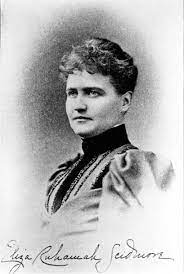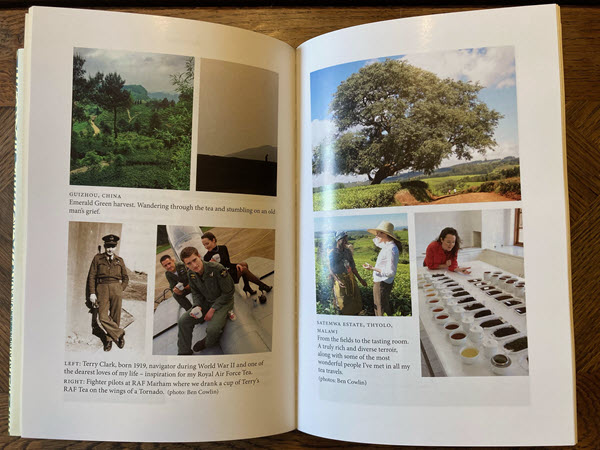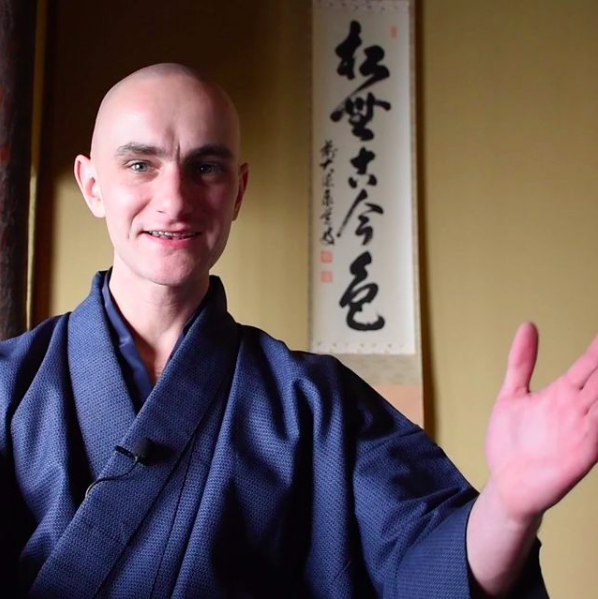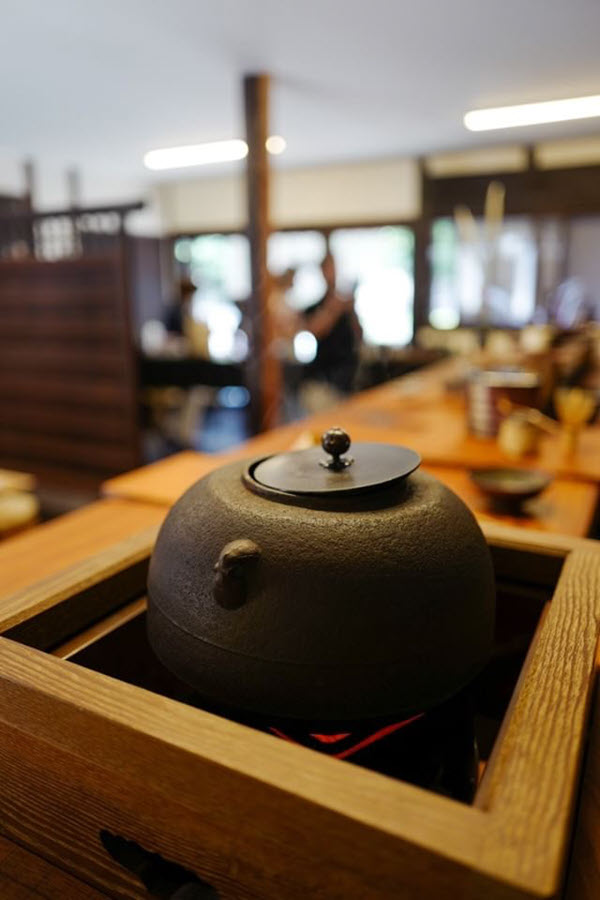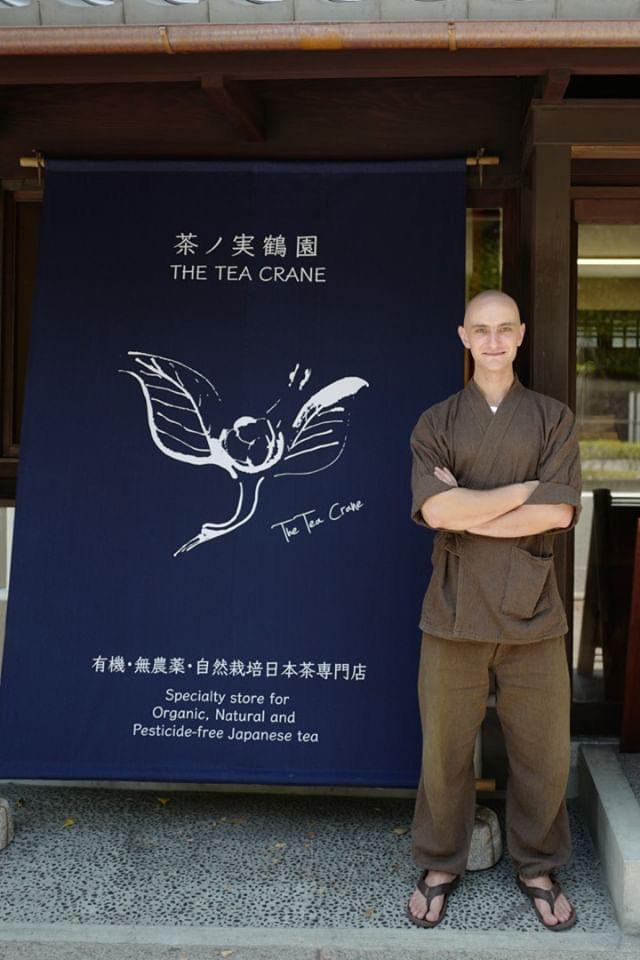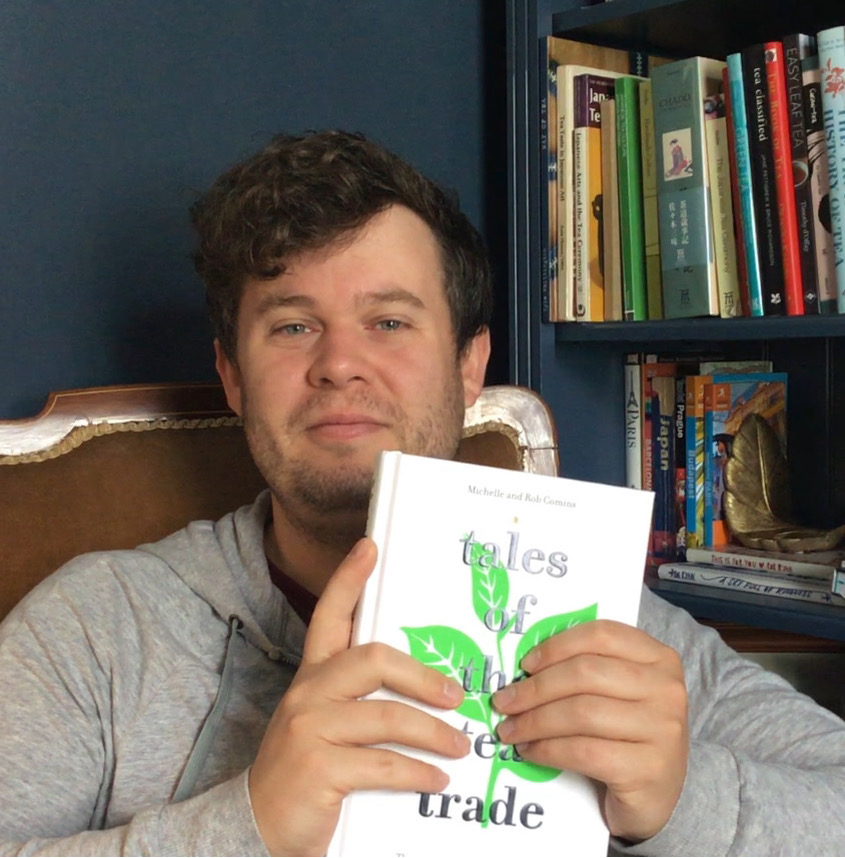What makes a tea book special? asks Tea Book Club founder Kyle Whittington. Rare book collector Donald A. Maxton says that he first considers the age of a published work, which often reflects the culture of the time, and then interesting and unusual designs, and, finally, the use of color. Here Maxton describes a label from his collection:
‘Another interesting one was for Silver Eagle Tea. This label is off-white with a red border embellished with tea leaves at the corners. The text, printed in red and black, reads, “U.S. Registered No. 766 Silver Eagle, Carefully Selected Formosa Oolong.” An eagle carrying a chest of Silver Eagle Tea in its talons is centered on the label.

Rare Tea Books and Ephemera
As founder of Tea Book Club, I was immediately intrigued when Dan Bolton suggested interviewing Donald A. Maxton, collector, and dealer in rare tea books and ephemera for the Tea Biz Podcast. As Donald wasn’t able to record, I’ll be voicing his answers for you here.
Listen to the interview
Kyle Whittington: What got you into dealing in rare tea books and related tea ephemera?
Donald A. Maxton: I’ve been collecting books, primarily English and American literature since I finished college. Years later, when I wanted to learn more about the tea I drank every day, I bought a few books about the subject, which added to my knowledge and enjoyment of the beverage. Eventually, I discovered that a large number of books had been published about tea and its rich history. This was before eBay, Amazon, and the many websites we now have where you can easily locate and purchase collectible books. At the time, I found that many used and out-of-print books about tea were available at reasonable prices at used bookshops, usually in their cookbook sections.
So, whenever I hunted for books in my areas of interest, I also searched for tea books with the intent of setting up a small mail-order business. I started attending book shows that included dealers in ephemera: posters, postcards, magazine advertisements, trade cards, sheet music, etc. When I had sufficient stock, I created a mail-order catalog, advertised in “Tea, A Magazine.” I soon had quite a few customers: tea enthusiasts, owners of tea rooms, tea firms such as Harney & Sons, and even public libraries.
Kyle: What is the most unusual or interesting tea book or piece of ephemera that you sold/have in your collection?
Donald: One of the more interesting books I sold was titled Jinrikisha Days in Japan, written by Eliza Ruhamah Scidmore and published in 1902. It’s a first-hand account of Japanese culture in the late 1800s with vintage black and white photos and illustrations. It’s filled with interesting facts about teahouses and tea tasters. There are some wonderful anecdotes, such as one about chi ni yotta, or “tea tremens:” The author asks a Japanese friend if drinking large quantities of tea makes him nervous, and he responds, “I do not drink enough of it. I am very careful. but when my friends begin the study of English, they must stop drinking it. The English seems to bring into action many nerves that we do not use, and the drink is probably exciting enough in itself.” It had a lovely white and gilt pictorial binding and sold for $50.
I purchased several delicate rice paper labels at a book and ephemera show that tea shippers and merchants once used to identify their products. I believe they date from the late 19th and early 20th centuries. They’re very attractive when framed. The labels I offered included one that reads, “Pacific Mail; No. 50. EXTRA CHOICEST GARDEN PICKED JAPAN TEA; FRAZAR & CO JAPAN.” The label is off-white with text printed in red, green, and purple, framed by a purple border, and illustrated with trees and pagodas. Another interesting one was for Silver Eagle Tea. This label is off-white with a red border embellished with tea leaves at the corners. The text, printed in red and black, reads, “U.S. Registered No. 766 Silver Eagle, Carefully Selected Formosa Oolong.” An eagle carrying a chest of Silver Eagle Tea in its talons is centered on the label. Recently, I’ve seen framed examples of similar labels priced as high as $1,000. I’ve kept two favorites for myself, one advertising gunpowder tea and the other Formosa Oolong.
Kyle: Be they rare or otherwise, what are your top three tea books?
Donald: James Norwood Pratt’s The Tea Lover’s Treasury, published in 1982, introduced the noted food writer M.F.K. Fisher is my favorite. This was the first tea book I purchased, and it’s a superb introduction: it’s comprehensive, informative, entertaining, and a pleasure to read and re-read.
I think that Alain Stella’s The Book of Tea, published in 1992, is a very attractive volume and a favorite of mine. A large “coffee table book,” each section is written by a different authority on tea. It’s exquisitely designed and illustrated throughout with beautiful photographs, most of them in color. It’s a real treasure house of tea information and lore.
These books are easy to find, but I also was fortunate to find another favorite, William H. Ukers’ All About Tea, published in 1935. It is quite scarce and expensive on the rare book market. It’s also very out of date but still one of the most thorough and comprehensive works about tea cultivation, manufacture, history, and culture. Fortunately, reprints have appeared.
Kyle: What do you look for in tea books (or ephemera)? What makes a piece interesting or special to you?
Donald: I consider the age of a piece, which often reflects the culture of the time, interesting and unusual designs, and use of color.
Kyle: I believe many of the pieces of tea advertisement and ephemera you collected appeared in the book “Tea Art” – can you tell us more about how that came about?
Donald: I had purchased a number of items to place in my catalog. Before selling them, I showed them to Gregory Suriano, a friend who was writing a book about tea graphics and advertising for Schiffer Publishing. He decided to photograph and publish them in the book, which was published in 2008. The full title is Tea Art: A Modern Look at Vintage Tea Graphics.
Suriano, who lives in western Pennsylvania, is a historian of popular culture with a masters’ degree in art history who worked as author, editor, illustrator, graphics designer, copyeditor, and senior editor at Random House. He is a dealer in rare books, prints, and paper collectibles.
Kyle: And what was your favorite piece included in that book?
Donald: A pyramid-shaped folding poster display with colorful illustrations, circa 1880. When opened flat, there are brief descriptions of “Morning Tea,” “Afternoon Tea,” and “After-Dinner Tea.” When folded into a three-dimensional pyramid, the sides read, “The Secret of a Really Good Cup of Tea is Quality as supplied by the Tea Planters & Importers Co., London.”
Kyle: How do you think the focus of tea books has changed over time? Has it changed, or are we just using contemporary words and context to talk about the same things that have been written about for centuries?
Donald: The content of many tea books published in the last 20 years tends to be repetitious and a rehashing of what has already been written; but they often provide more information than earlier works about countries—in addition to the obvious ones, China, Japan, and India—where tea plays a significant role in their economies and culture, such as Indonesia, Africa, Russia, and South America.
###
As tea lovers and fellow bookworms, it’s been a pleasure to hear Donald’s thoughts and get a glimpse into the interesting tea books and ephemera that have passed through his hands over the years. Thank you, Donald.
Share this post with your colleagues
Signup to receive Tea Biz weekly in your inbox.


